How Barefoot Shoes Can Improve Foot Health: A Natural Solution for Common Foot Issues By John Keller | January 6, 2025 Foot health is essential for overall well-being, yet many…
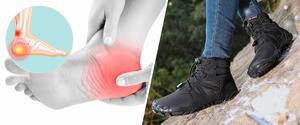
Walking is a fundamental activity for many, but choosing the right footwear can be a maze of confusion. In this article, we delve into the comparison between orthopedic walking shoes for men and regular walking shoes, aiding you in making an informed choice for your feet.




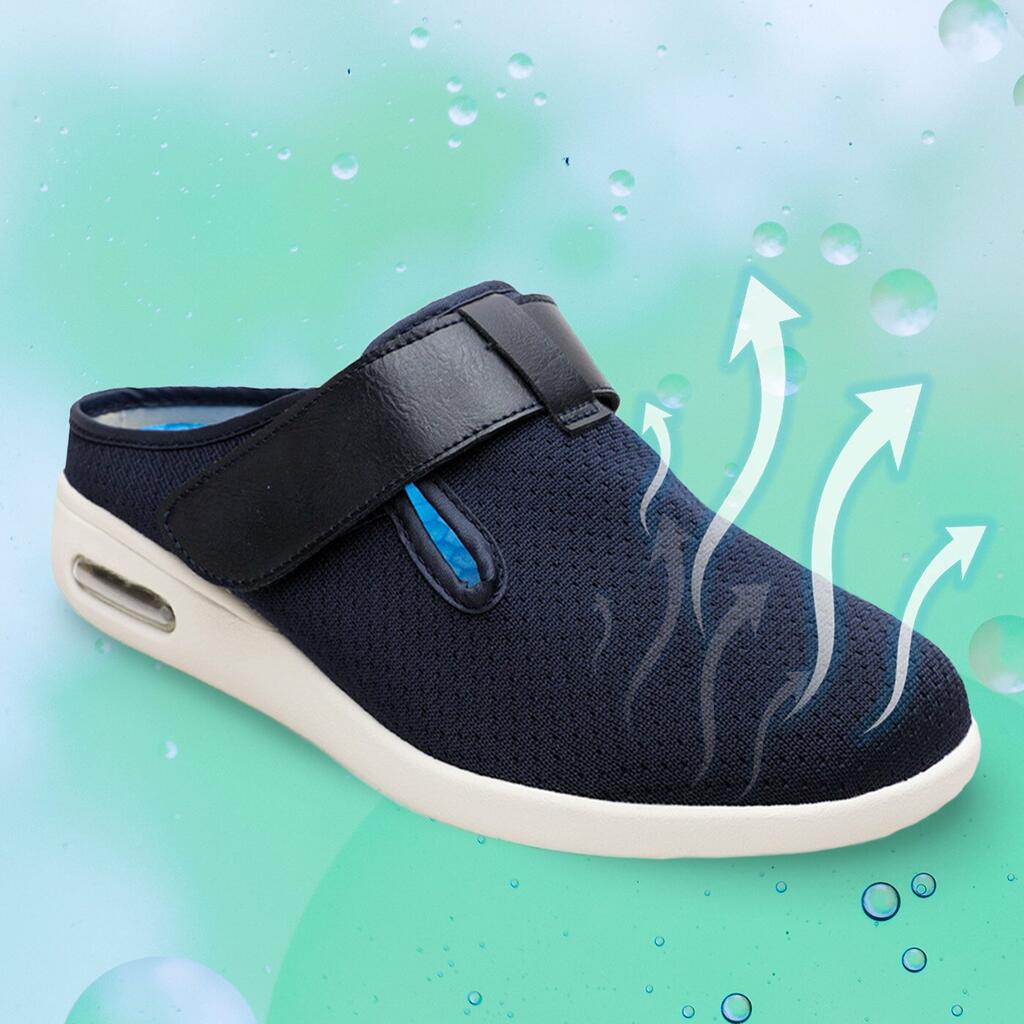

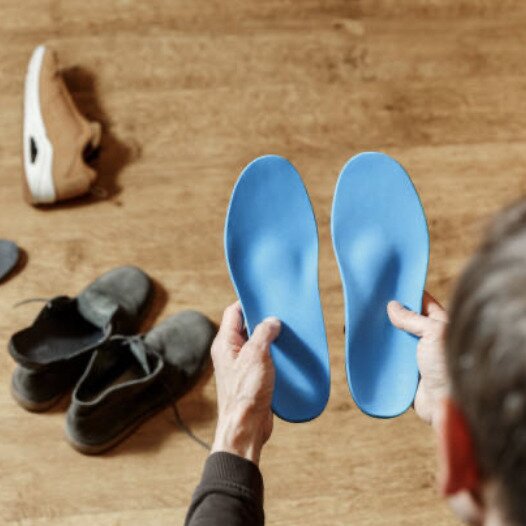



When comparing orthopedic walking shoes for men with regular walking shoes, several key differences stand out. These distinctions are crucial in understanding which type of shoe is the right choice for your specific needs and lifestyle.




Understanding these differences is crucial in making an informed decision about your footwear. Whether it’s the enhanced support and health benefits of orthopedic walking shoes or the versatility and style of regular walking shoes, your choice should align with your personal health needs, lifestyle, and activities.
| PROS | CONS |
|---|---|
Exceptional Comfort: Orthopedic shoes offer superior cushioning and arch support, ensuring that your feet are comfortable even during long walks or standing for extended periods. | Higher Cost: One of the main drawbacks is the higher price tag associated with orthopedic shoes due to their specialized design and materials. |
| Enhanced Foot Health: Designed to accommodate specific foot conditions, orthopedic shoes can help alleviate pain and discomfort associated with issues like plantar fasciitis, bunions, or arthritis. | Limited Style Options: Orthopedic shoes may have a more limited range of styles compared to regular shoes, which can be a concern for those who prioritize fashion. |
| Improved Posture: The tailored support provided by orthopedic shoes can aid in correcting posture, reducing the strain on your joints and lower back. | Professional Consultation: Getting the right fit and style may require consulting a podiatrist or footwear specialist, which can be an extra step in the buying process. |
| Preventative Care: For individuals without existing foot problems, wearing orthopedic shoes can act as a preventive measure, reducing the risk of developing foot ailments in the future. | – |
| Customization: Many orthopedic shoes come with removable insoles, allowing you to use custom orthotics if prescribed by a podiatrist. | – |
Selecting the right shoe depends on individual needs. Consider factors like foot conditions, lifestyle, and activity level. Those with foot problems or who spend long hours on their feet may benefit more from orthopedic shoes, while regular shoes might suffice for general, low-impact activities.
We highly recommend the Canles Easeon or the Canles Caldon Sliders . These orthopedic walking shoes for men have been created specifically with your needs in mind. They’re affordable, kind to your feet and most importantly, super stylish.
Choosing between orthopedic walking shoes for men and regular walking shoes is a decision that impacts your foot health and overall comfort. Consider your personal needs, lifestyle, and any existing foot conditions when making your choice.
Remember, the right pair of shoes can make a world of difference in your daily comfort and long-term foot health. Happy walking!

How Barefoot Shoes Can Improve Foot Health: A Natural Solution for Common Foot Issues By John Keller | January 6, 2025 Foot health is essential for overall well-being, yet many…

7 Common Foot Issues in Women Over 50 and the Shoes that Can Help By Jane Sterling | Published on April 17, 2024 @ 2:18 PM Foot health is a…

9 Common Summer Foot Issues for People with Wide Feet By Jane Sterling | Published on April 15, 2024 @ 2:13 PM Summer brings a unique set of challenges for…

5 Signs You Need Better Arch Support Shoes By Jane Sterling | Published on July 15, 2024 @ 2:13 PM Are you constantly dealing with foot discomfort? Believe it or…

Dos and Don’ts of Shoe Shopping for Men: A Guide to Orthopedic Shoes By Jane Sterling | Published on November 8, 2024 @ 7:13 PM Selecting the right pair of…
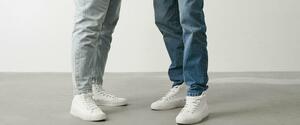
How Diabetic Shoes for Men Help with Swollen Feet By Jane Sterling | Published on October 21, 2024 @ 1:10 PM When it comes to managing diabetes, every detail counts,…
To provide the best experiences, we and our partners use technologies like cookies to store and/or access device information. Consenting to these technologies will allow us and our partners to process personal data such as browsing behavior or unique IDs on this site and show (non-) personalized ads. Not consenting or withdrawing consent, may adversely affect certain features and functions.
Click below to consent to the above or make granular choices. Your choices will be applied to this site only. You can change your settings at any time, including withdrawing your consent, by using the toggles on the Cookie Policy, or by clicking on the manage consent button at the bottom of the screen.
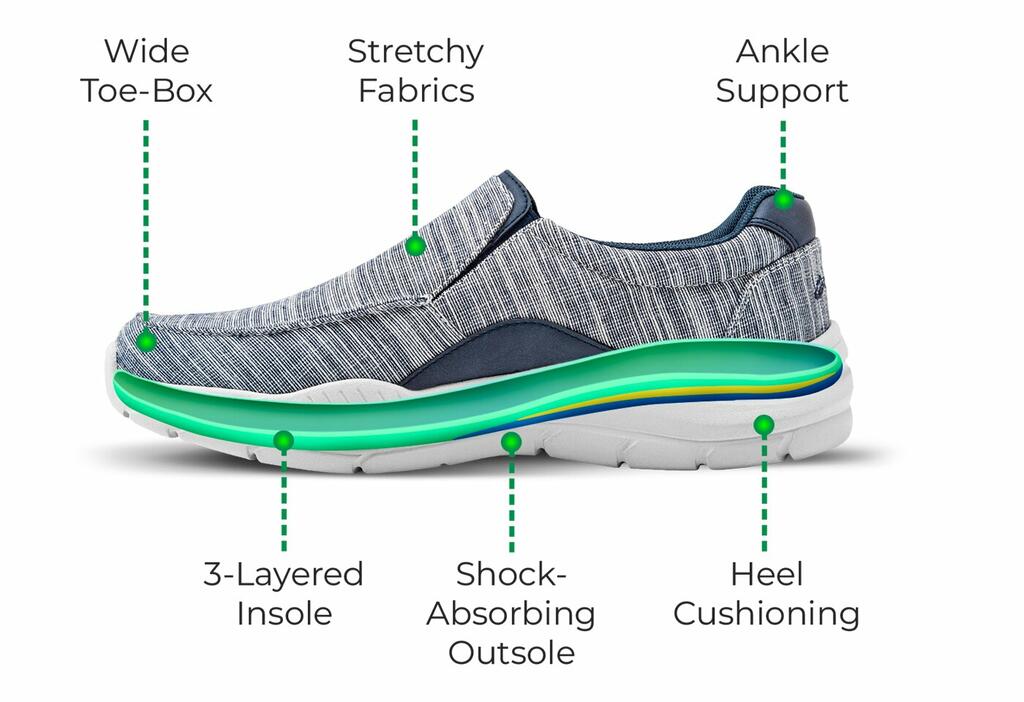


Switching to Canles footwear was a game-changer for me. Dealing with arthritic pain in both of my feet used to make each step a struggle. However, within a few days of wearing these shoes, I noticed a dramatic decrease in discomfort.
George C.Verified Customer











